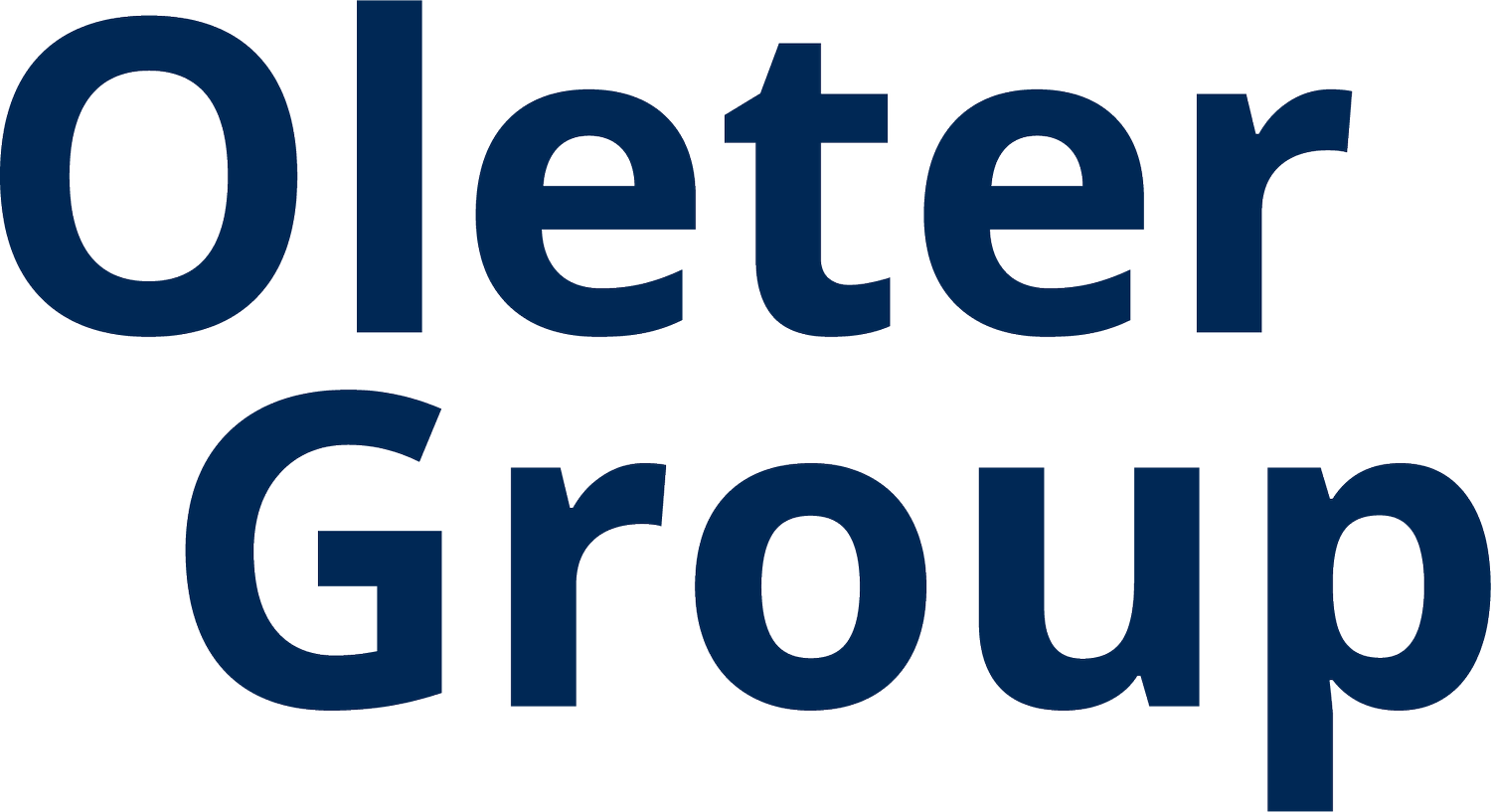
Materiality Analysis
What is a materiality analysis?
The materiality analysis is a work that helps us identify our most significant impacts and making sure we develop action plans to minimize and prevent negative impact. The work to determent our material topics is made in line with the Global Reporting Initiative.
Materiality analysis is a process where we identify, assess, and prioritize the sustainability issues that are most significant to our operations and stakeholders, but also where we have the most significant impact. Either negative or positive.
The process involved mapping the impacts and engaging with stakeholders to validate the findings and ensure that their perspectives are considered. The result of a materiality analysis is typically a materiality matrix, which identifies the most significant sustainability issues and their level of importance to the organization and its stakeholders.
Materiality analysis is a key component of sustainability reporting and is often used to inform the development of sustainability strategies, goals, and targets. By focusing on the most significant sustainability issues, we can allocate resources more effectively.
Read more about our stakeholder engagement:
Material Topics
Employment
Economic Performance
Energy
Emissions
Diversity and Equal Opportunity
Non-discrimination
Occupational Health and Safety
Training and Education
Waste
Note
The materiality analysis was carried out in 2022 with external consultants
How we work to remeidate our negative impacts
At our company, we are committed to constantly improving our operations to meet the demands and expectations of our customers, the development of society, and the current legislation. We believe in measuring and reporting any deviations and complaints that arise to prevent negative impacts on people, the planet, and profit.
Each of our local subsidiaries takes responsibility for handling and investigating complaints, including initiating any necessary activities. By decentralizing this process, we are able to handle issues efficiently and provide better customer service.
Our group has a reporting system in place for managing deviations. This system helps us to structure and measure reported data, which is then analyzed and remedied to prevent future incidents. All employees are responsible for reporting deviations, and those affected by incidents will participate in the follow-up work.
The environment and quality function serve as coordinators and are responsible for receiving and handling incidents alongside the responsible manager. The functional response is also involved in evaluating and designing the system. Deviations are categorized under the respective management or work area, and data is compiled and measured via a bi-tool. The functional manager, in conjunction with the immediate manager, works remedially with affected persons.
Finally, incidents are compiled into workplace meetings and the senior level group to ensure that our operations remain in line with our commitment to improving and preventing negative impacts.
More topics






